The encouraging results are mixed with many difficulties and shortcomings.
The merger creates a turning point in terms of local scale, and at the same time requires reviewing and rearranging the apparatus and social security policy system to implement social security programs, poverty reduction and rural infrastructure development.
In the first months after the merger, the province quickly focused on two important tasks: ensuring stability of local government after administrative unit arrangement and continuously maintaining existing social security policies for people in the three former provinces.
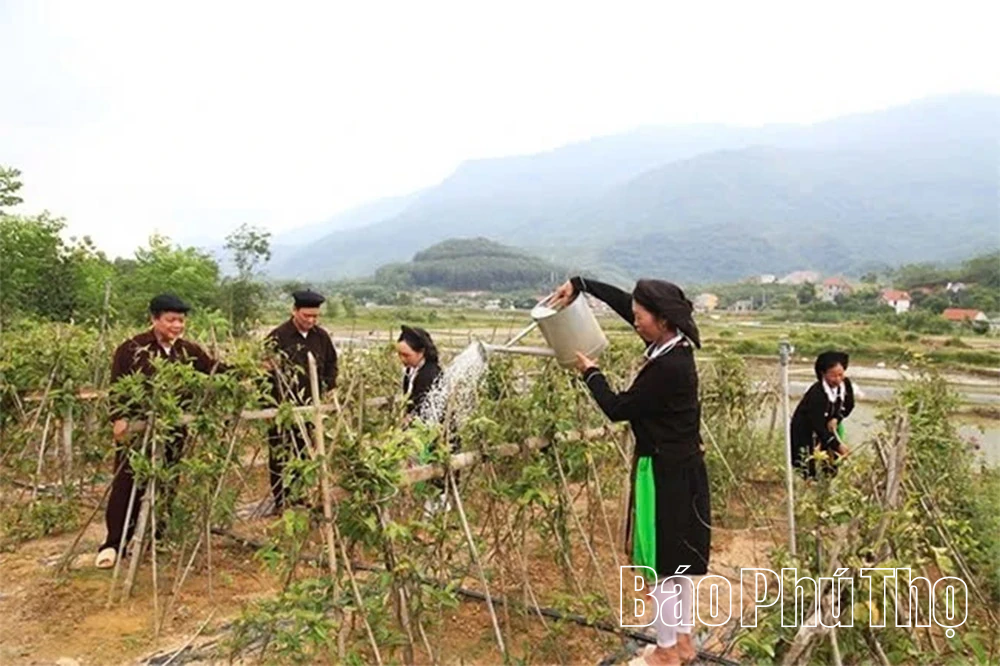
Thanks to the support capital from the Social Policy Bank, many ethnic minorities in Dao Tru commune have developed a model of growing medicinal plants with high economic value.
At the same time, national target programs on poverty reduction, housing support for poor and near-poor households, ensuring access to health insurance and promoting employment are being promoted in a synchronous manner among sectors. The reports, plans and target programs of the province all clearly state the roadmap to reduce the poverty rate and expand social protection for those in need of support.
Policy credit and the employment service system are two important pillars in the province's social security solution package. Policy capital sources have been concentrated to support people in disadvantaged areas to improve housing, develop livelihoods and access jobs. In fact, policy credit capital has reached a larger scale than before the merger, contributing to supporting small projects, creating jobs and reducing poverty.
As of mid-November, preliminary results show that the province has achieved many remarkable goals. Firstly, the progress of administrative restructuring has been accelerated, helping to reduce overlap in policy implementation and increase consistency in resource access.
Second, multidimensional poverty reduction programs continue to be implemented in the spirit of regional linkage, ensuring benefits for poor and near-poor households and people with meritorious services.
Third, the digitalization of administrative procedures, online application reception and electronic single window help shorten the time and reduce costs for people in accessing social security. These movements create an important foundation for linking social security with the goal of building new rural areas.
Despite many efforts, there are still obvious difficulties. These are differences in development conditions between regions (urban, midland, mountainous) which place very high demands on resource allocation; without appropriate zoning and focus mechanisms, poor localities will find it difficult to catch up.
Furthermore, the synchronization of mechanisms and policies for people changing administrative boundaries and for officials and civil servants cannot be completed in the short term; this causes some social security records to be delayed or have to be re-examined.

Caring for the health of the elderly is a task that receives special attention from local authorities and Party committees in the province.
In addition, the capacity of cadres and civil servants in some communes and wards to implement their work is still limited. Newly merged localities have to undertake more tasks but do not have enough human resources and experience to operate new programs.
Finally, access to information and services for some population groups, especially the elderly and ethnic minorities, is still limited, making the program's benefits not fully covered.
Solutions to improve efficiency
To turn resources into sustainable results, systematic and practical solutions are needed. First of all, the province needs to build a mechanism for allocating resources based on the principle of fairness, prioritizing remote, isolated and disadvantaged areas, while linking the poverty reduction target with the new rural criteria of infrastructure, housing, environment and livelihoods. This requires a flexible financial mechanism to prioritize projects with multiplier effects.
Second, continue to promote the digitalization of public services and simplify procedures to shorten the time to access social security policies. Many initial indicators of online records and administrative reforms have shown very practical effectiveness, so it is necessary to replicate, especially training and improving the quality of communal-level staff to operate the system smoothly and seamlessly.
Third, improve the capacity of grassroots cadres through training and professional development for cadres working in the field of labor, war invalids and social affairs and cadres in charge of national target programs. Along with that, strengthen inter-sectoral coordination between labor, agriculture , health and education so that social security policies are closely linked to production development, vocational training and community health care.
Fourth, promote the role of policy credit, local funds and social enterprises to create sustainable livelihoods for poor households. Connecting markets and supporting agricultural products according to value chains will help people in new rural areas have more stable incomes. Cooperative models and cooperative groups need to be promoted as gateways connecting policy and market.
Finally, it is necessary to strengthen communication work, focusing on guiding vulnerable groups on how to access support programs, and restructuring programs in cycles, prioritizing interventions with quick impacts such as housing repairs, support for crop and livestock varieties, short-term vocational training, and basic health insurance.
In reality, social security and new rural construction are not two separate journeys, because social security is the foundation for people to feel secure in production, study and participate in development.
In the context of a new province like Phu Tho , the opportunities are huge but require the government from the province to the commune to have close coordination, smart resource allocation and put the people at the center of all policies. If implemented synchronously in that direction, Phu Tho can soon become a typical example of combining administrative arrangements with improving social welfare and sustainable rural development.
Quang Nam
Source: https://baophutho.vn/day-manh-an-sinh-xa-hoi-gan-voi-xay-dung-nong-thon-moi-242854.htm



![[Photo] General Secretary To Lam and National Assembly Chairman Tran Thanh Man attend the 80th Anniversary of the Traditional Day of the Vietnamese Inspection Sector](https://vphoto.vietnam.vn/thumb/1200x675/vietnam/resource/IMAGE/2025/11/17/1763356362984_a2-bnd-7940-3561-jpg.webp)









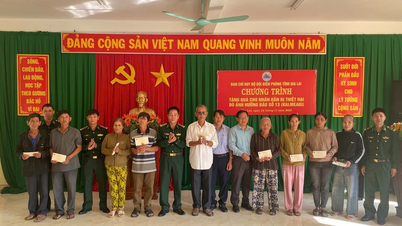

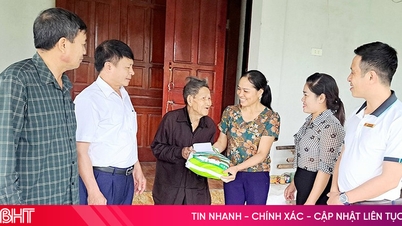


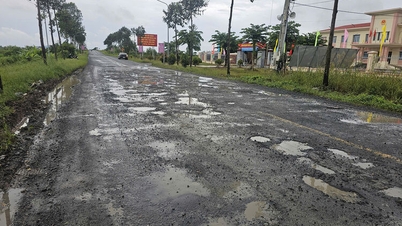












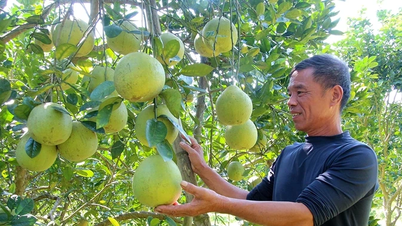




















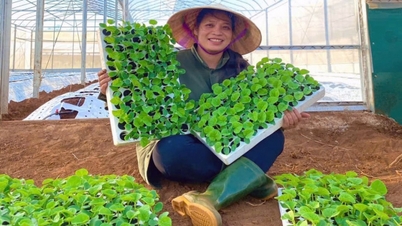







































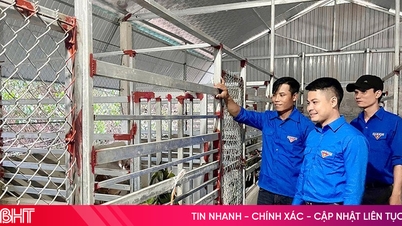


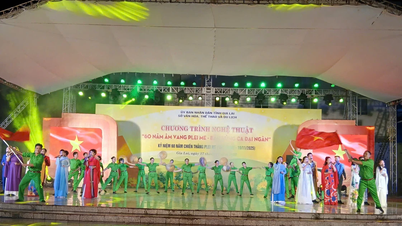
















Comment (0)